Introduction to Macro Photography
Macro photography gives you the opportunity to see the world in new ways by shooting your subject from a close distance. The value of this is that you can expose details that viewers wouldn't ordinarily see.
You can take macro photographs using macro lenses, extension tubes, or close focusing filters. The criteria for a lens to be considered macro is it's ability to produce a life-sized image of an object, with a magnification factor of 1.0x or 1:1 at its closest focusing distance.
Here are some ways macro lenses can be a valuable tool in your arsenal.
1. Isolating the subject
Have you ever viewed a photograph and wondered what the photographer's main focus was? A good rule of thumb to follow is to be very clear with yourself about the subject of your photograph before you click the shutter. This will ensure your viewer is clear as well. Macro lenses are great tools to aid in this because they allow you to get up close and personal, thus filtering out all of the clutter than might distract from what you really want to convey.
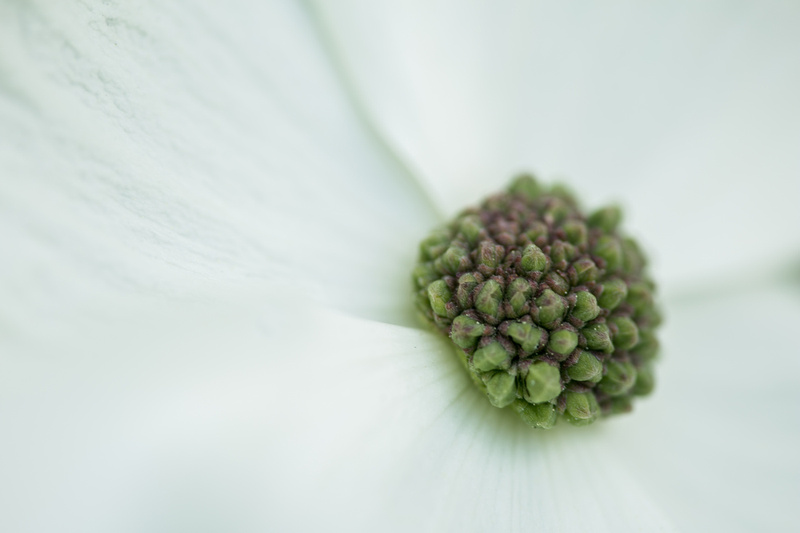 DogwoodSnoqualmie, Washington
DogwoodSnoqualmie, Washington
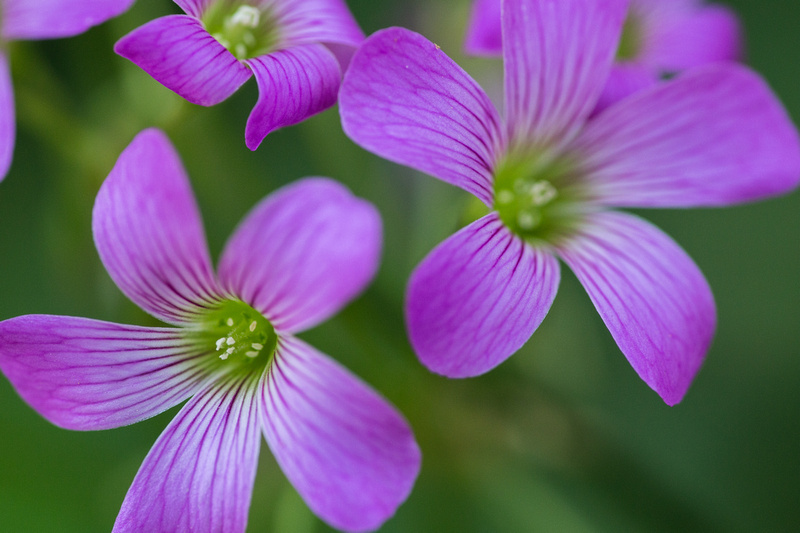 Unknown flowersWashington Oaks Gardens, Florida
Unknown flowersWashington Oaks Gardens, Florida
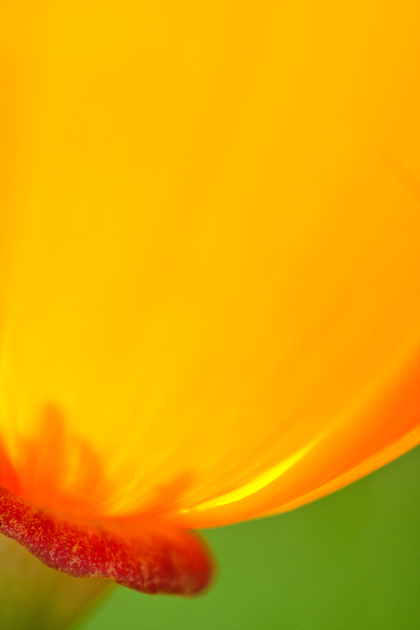 PoppyAuburn, California
PoppyAuburn, California
2. Capturing detail
A standard lens will allow you to capture details, but nothing like you can with a macro lens. Macro lenses generally offer a close focusing distance so you can capture the fine details you wouldn't otherwise see.
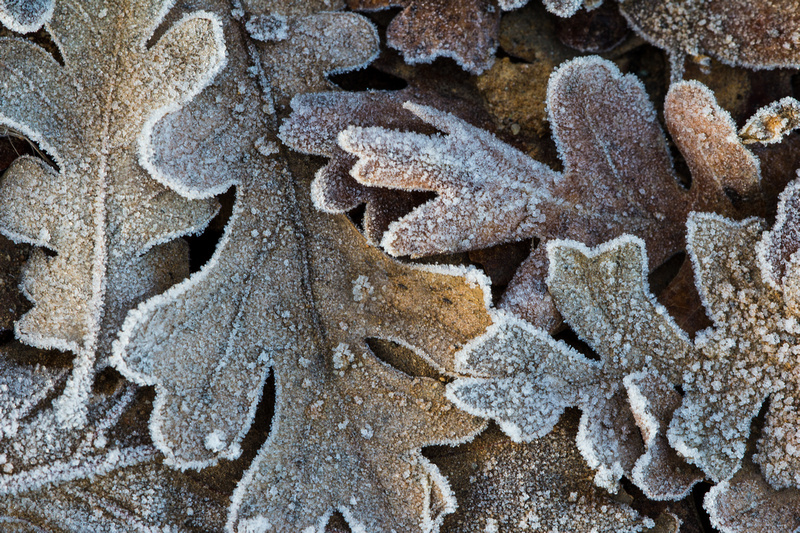 Frost on leavesAmerican River
Frost on leavesAmerican River
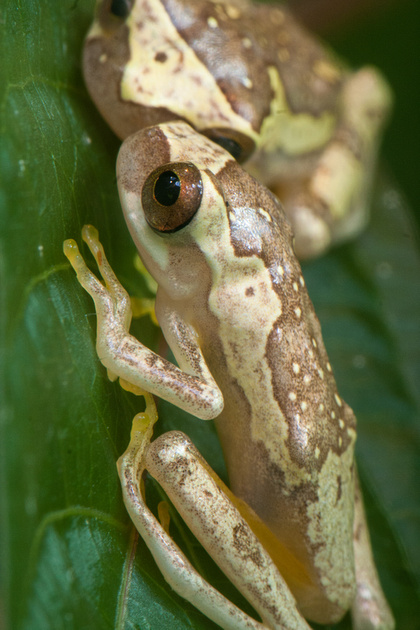 Hourglass Tree FrogCalifornia Academy of Sciences, San Francisco
Hourglass Tree FrogCalifornia Academy of Sciences, San Francisco
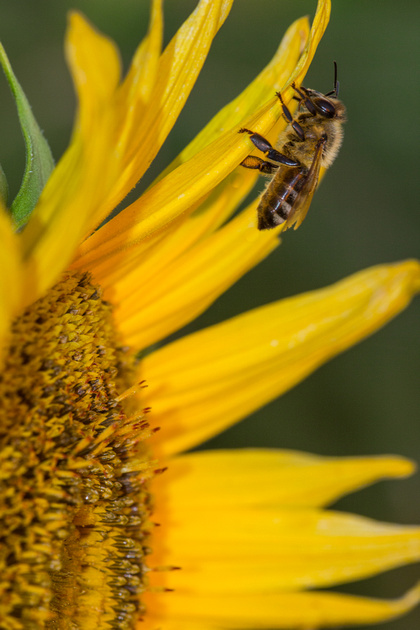 Bee on sunflowerDixon, California
Bee on sunflowerDixon, California
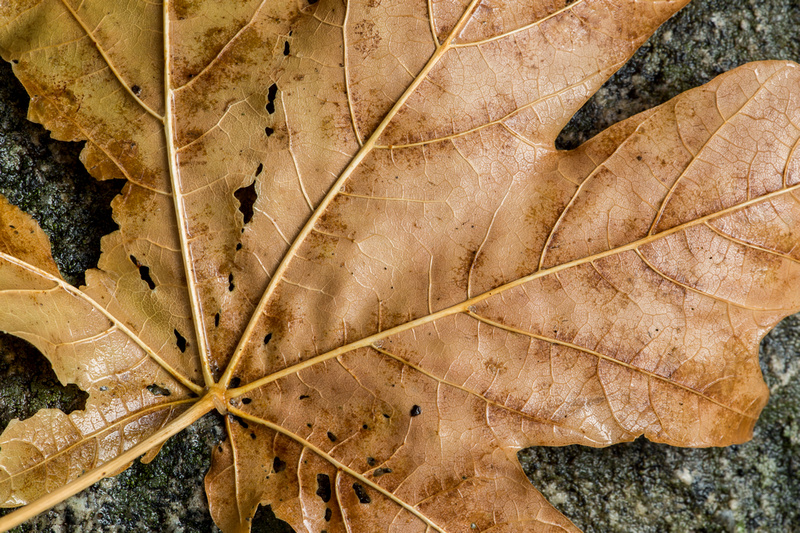 Leaf detailYosemite National Park, California
Leaf detailYosemite National Park, California
3. Limiting depth of field
Depth of field refers to the area in front of and behind the point of focus that is still in sharp focus. The shallower the depth of field, the shorter this distance is. This is a good compositional tool, in that you can blur out distracting background objects but you have to be careful that you aren't blurring out parts of the subject that matter. You need to experiment with different apertures to determine what works best for the subject you are shooting.
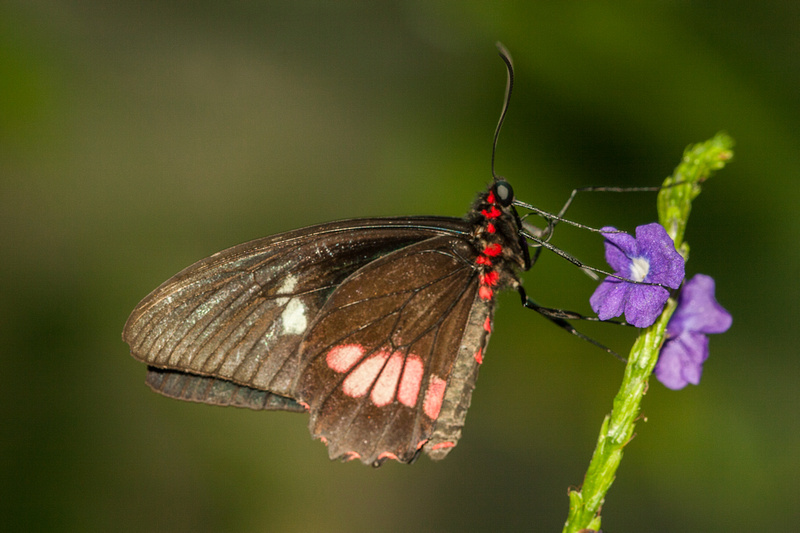 ButterflyNiagra Falls
ButterflyNiagra Falls
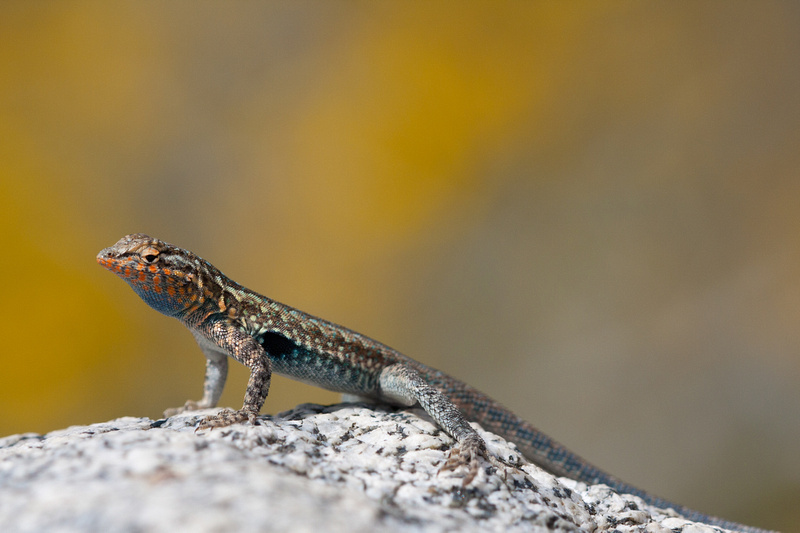 Common side-blotched lizardJoshua Tree National Park
Common side-blotched lizardJoshua Tree National Park
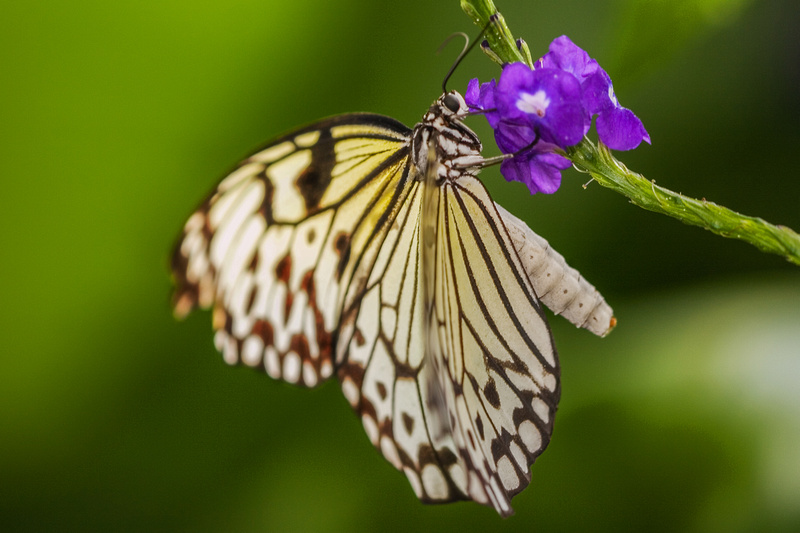 Risepaper ButterflyNiagra Falls, Canada
Risepaper ButterflyNiagra Falls, Canada
4. Making the subject look larger than life
Insects, flowers, and mushrooms are a common subject of macro nature photography. These are often small and go unnoticed but the power of a macro lens can make them appear larger than life. Macro photography can open up a new world of subjects right outside your front door.
 ButterflyNiagra Falls
ButterflyNiagra Falls
 MushroomDenali National Park, Alaska
MushroomDenali National Park, Alaska
 Water dropsCarmichael, California
Water dropsCarmichael, California
5. Highlighting a pattern
Because you can get closer and capture fine detail, you can highlight patterns in nature.
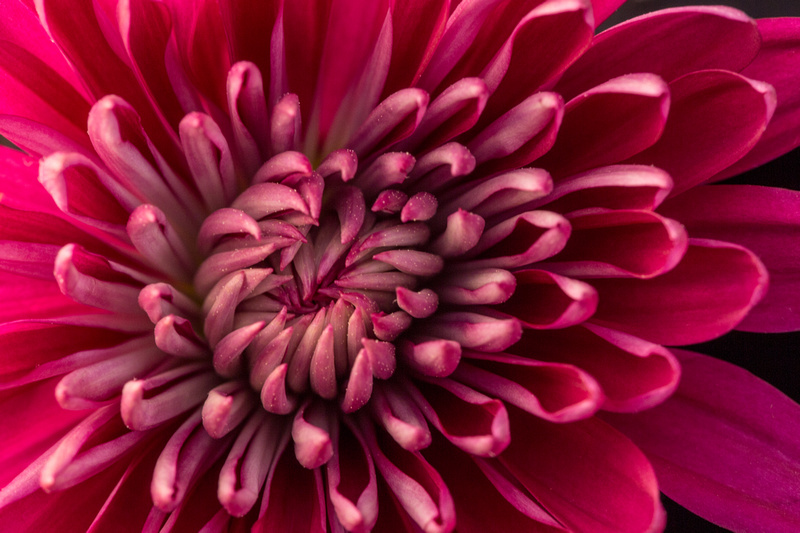 ChrysanthemumCarmichael, California
ChrysanthemumCarmichael, California
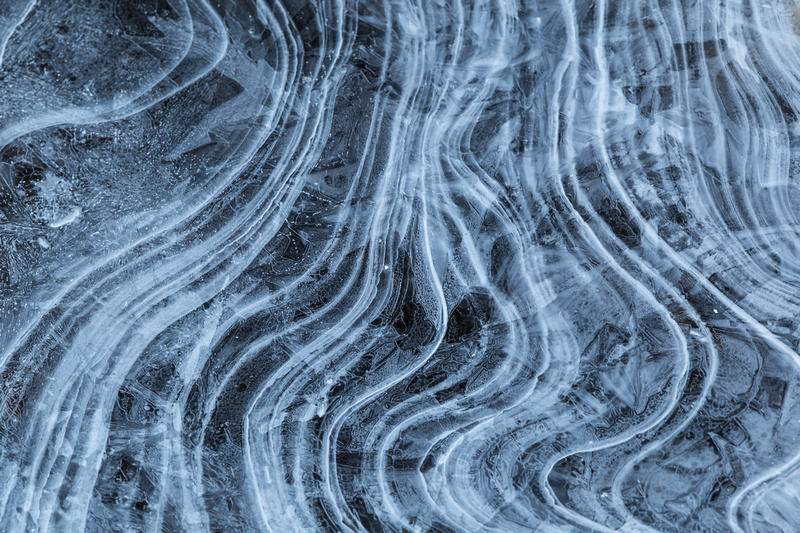 Ice patternsYosemite National Park, California
Ice patternsYosemite National Park, California
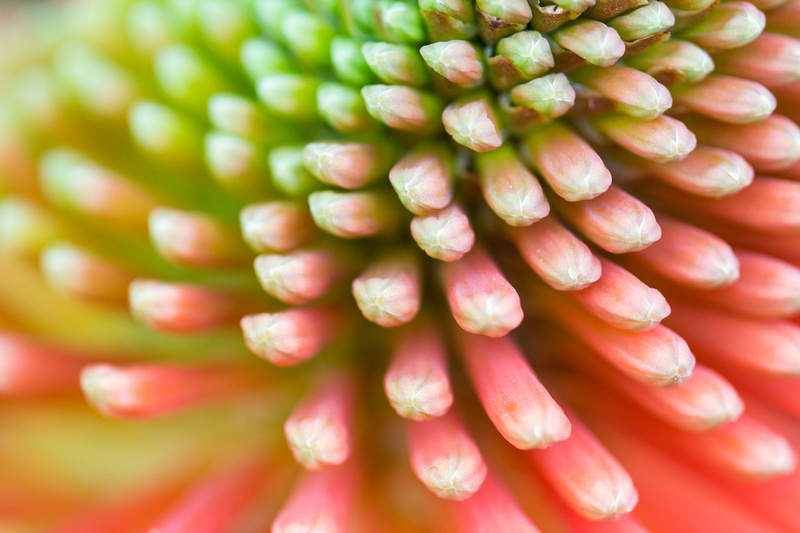 Unknown flowerGolden Gate Arboretum, San Francisco
Unknown flowerGolden Gate Arboretum, San Francisco
 Grass detailGolden Gate Arboretum, San Francisco
Grass detailGolden Gate Arboretum, San Francisco
I hope this gives you some information and ideas for your next macro photography shoot.